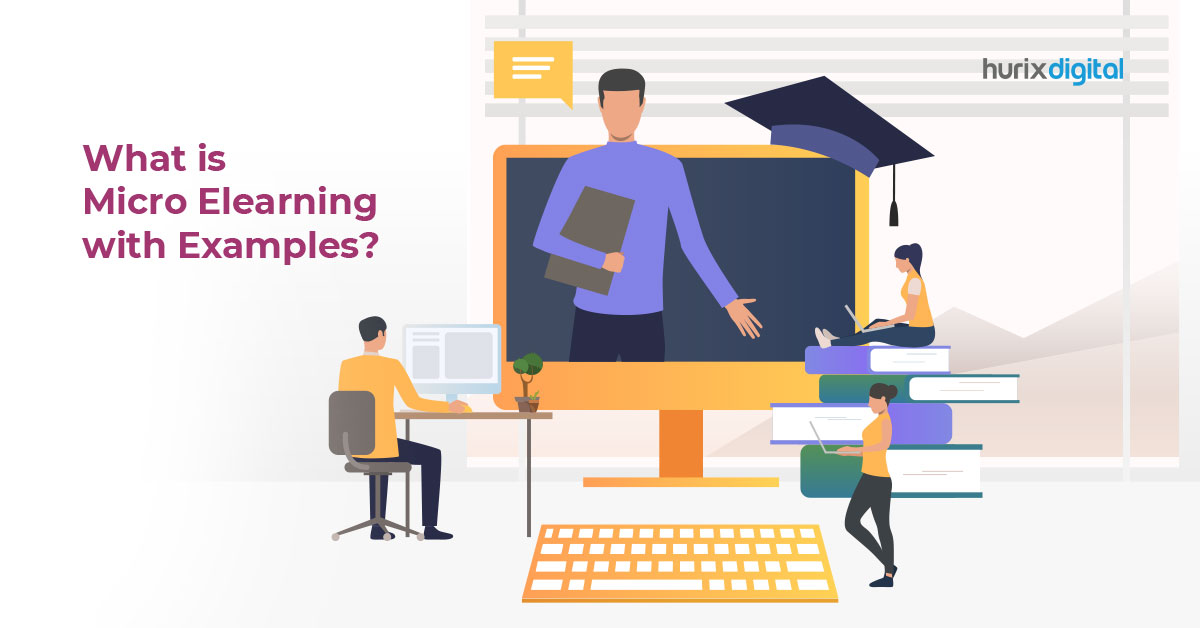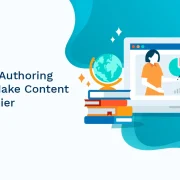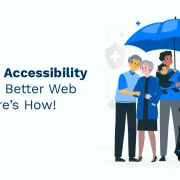
What is Micro Elearning with Examples?
Summary
Learn about micro eLearning, including its definition, benefits, and real-world examples of how short, focused learning modules can improve knowledge retention and engagement.
Attention spans are shrinking, and the traditional learning and workforce training approach may no longer be effective. A study conducted by Microsoft in 2015 in the not-so-distant past discovered that our attention spans dropped by 25% in a decade.
While there have been no recent studies on this subject, one only imagine how much has changed in the past eight years. This shows that we need a new method to impart learning that can still be effective today. Enter micro elearning – a trend taking the learning world by storm.
This approach delivers bite-sized lessons that are easier to absorb and retain, improving overall learning outcomes.
In this article, we’ll discuss micro elearning and how it works, along with its benefits and a few examples of how it can be implemented.
What is Micro eLearning?
Micro elearning is a method of delivering short, focused lessons to learners. These lessons typically last 2-10 minutes and cover a specific topic or skill.
The idea behind micro elearning is to break down complex information into easily digestible chunks, making it easier for learners to absorb and retain information.
Micro elearning can take many forms, including videos, infographics, interactive quizzes, and more.
Benefits of Micro eLearning
There are several benefits to using micro elearning as an approach to learning. Some of these benefits include the following:
- Improved Retention: Micro elearning helps learners retain information better. By breaking down complex topics into small, focused lessons, learners are more likely to retain what they’ve learned.
- Higher Engagement: Micro elearning is designed to be short and focused, making it more engaging than traditional approaches to learning. Learners are likelier to stay attentive and interested in the material when delivered in bite-sized chunks.
- Accessibility: Micro elearning can be accessed from anywhere, at any time. This makes it ideal for remote learners or those with busy schedules.
- Cost-Effective: Micro elearning is more cost-effective than traditional approaches to learning, as it requires less time and resources to create and deliver.
Examples of Micro eLearning
Micro-eLearning can be imparted in a number of different formats. Here are a few examples.
1. Short Training videos
Training Videos are a popular form of micro elearning because they can be quickly produced and delivered to learners. They can cover a specific topic or skill, such as how to use a new software program, handle a customer complaint, or perform a particular task.
Training videos can be created in-house using a smartphone or camera or outsourced to a professional production company.
The advantage of training videos is that they are visual and engaging, making it easier for learners to understand and remember information.
2. Interactive Quizzes
Interactive quizzes are a great way to reinforce knowledge and test understanding. They can be used to introduce new concepts or to review previously learned material.
Interactive quizzes can take many forms, such as multiple-choice questions, drag-and-drop activities, or fill-in-the-blank exercises.
The advantage of interactive quizzes is that they can be delivered online or through a mobile app, making them accessible from anywhere.
3. Infographics
Infographics are a visual representation of information, often used to explain complex concepts in a simplified way. They can be used as micro elearning to convey information quickly and effectively. Infographics are easy to create as several tools are available online that are both free and paid.
The advantage of infographics is that they are visually appealing and easy to understand.
4. Podcasts
Podcasts are a popular form of micro elearning because they can be listened to while commuting, working out, or doing other tasks. Podcasts can cover a wide range of topics, from business and marketing to personal development and self-improvement.
The advantage of podcasts is that they are convenient and can be accessed anywhere with an internet connection.
5. Gamification
Gamification uses game-like elements to make learning more engaging and interactive. This can include things like points, badges, and leaderboards.
The advantage of gamification is that it makes learning fun and rewarding, motivating learners to complete lessons and continue learning.
6. Animated Videos
Animated videos are a form of micro elearning that can be used to explain complex topics fun and engagingly. They can be created using animation software or outsourced to a professional studio.
The advantage of animated videos is that they can simplify complex topics and make learning more visual and memorable.
7. Interactive eBooks
Interactive eBooks are a form of micro elearning that combine text, images, videos, and interactive elements to create an engaging learning experience. They can be accessed on mobile devices, allowing learners to learn at their own pace.
The advantage of interactive eBooks is that they can be personalized and customized to meet the needs of individual learners.
8. Bite-Sized Courses
Bite-sized courses are short courses designed to be completed quickly, usually 10-15 minutes. They can cover a specific topic or skill, such as email etiquette or time management.
The advantage of bite-sized courses is that they can be easily integrated into a busy schedule and allow learners to learn on their own time.
9. Micro Assessments
Micro assessments are short quizzes or assessments that test learners’ knowledge of a specific topic. They can be used as pre-tests to assess learners’ prior knowledge or post-tests to measure learning outcomes.
The advantage of micro assessments is that they provide immediate feedback to learners and help them identify areas where they need to improve.
10. Micro Activities
Micro activities are short, interactive activities that engage learners and reinforce learning. They can take many forms, such as brainstorming exercises, group discussions, or reflection prompts.
The advantage of micro activities is that they allow learners to apply what they have learned and reflect on their learning.
Summing It Up
Micro elearning is a flexible and practical approach to learning that allows learners to access information quickly and easily. The various micro elearning examples mentioned above show that there is something for every type of learner.
By incorporating micro elearning into their learning strategy, individuals and organizations can stay up-to-date on industry trends and acquire new skills and knowledge quickly and effectively.
HURIX’s workforce learning solutions are intended to assist enterprises in realizing their employees’ full potential. Our platform provides personalized learning experiences targeted to each individual’s needs, allowing them to gain new skills and knowledge to assist them in their professions.
HURIX’s workforce learning solutions are ideal for your organization if you want to upskill your staff, improve employee engagement, or increase productivity to achieve your business goals.
So, why waste time? Contact us right away.

Senior Vice President
Julia brings over 20 years of global experience in digital learning and business strategy. She specializes in client success, enterprise learning solutions, and driving growth through innovation, with a focus on AI, VR, and emerging technologies across diverse industry verticals.




